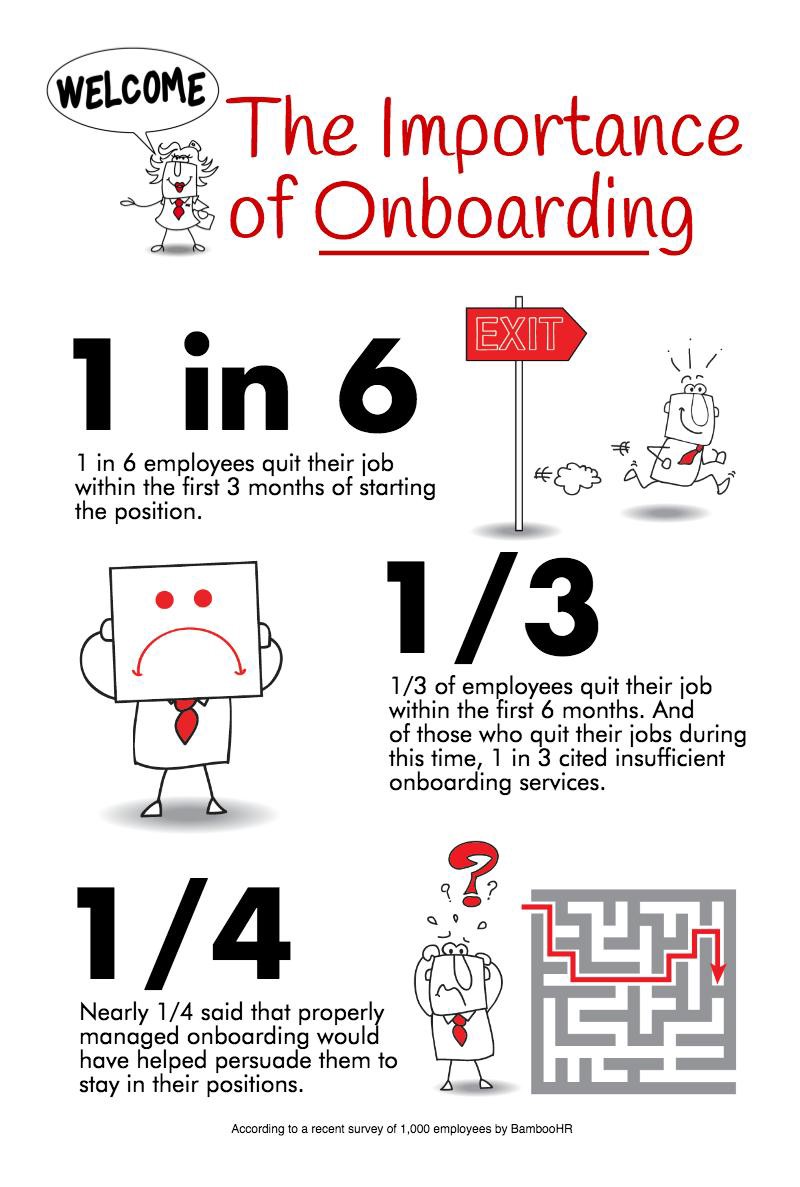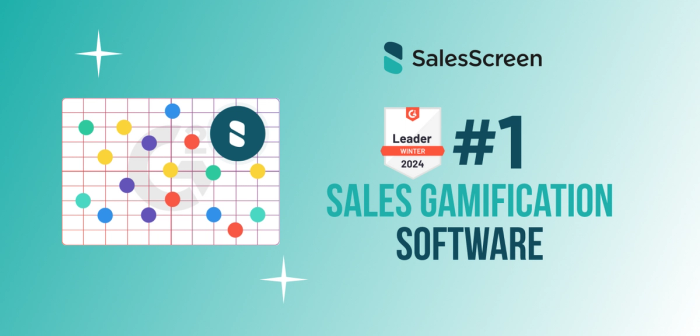Recruiting and hiring the right employees is only the beginning of the battle. Even after hiring, you need to onboard, train, engage, motivate and retain them. 22% of staff turnover occurs in the first 45 days of employment (source: Bersin by Deloitte), and 33% of new hires look for a job within their first six months (source: HBR). However, According to a 2007 study by the Wynhurst Group, when employees go through structured onboarding, they are 58% more likely to remain with the organization after three years.
Why Onboarding Matters
Here are a few quick reasons why onboarding properly is a BIG deal:
- Turnover is expensive — Not only can losing and replacing employees cost upward of $50,000 each but it also hurts morale, productivity, cohesion and culture. Companies who are losing high-quality performers faster than they can replace them will struggle to survive in such a competitive technological landscape. PWC estimates that losing an employee costs between 50–150% of their annual salary. Ouch!
- First impressions matter — A study by the Aberdeen Group found that “ 86 percent of respondents felt that a new hire’s decision to stay with a company long-term is made within the first six months of employment.”
- Clarifying roles saves time — New employees can be torn in many directions when they first start. A manager’s job is to explain the what, where, when and how of daily job duties. If you can make this smooth and simple in the first week, you’ll save tons of time down the road.
- Speed up time-to-productivity — A primary goal of the onboarding process is to shorten the time gap between “newbie” and experienced professional. To do this, it’s important to have a game plan with training, tools, and how-to guides. You should also make sure that you create a culture where employees are trying to find the answers themselves before turning to others to answer their questions. Problem solving skills go a long way in increasing productivity.

How to Properly Onboard
Onboarding new employees requires startegy, planning and vision. Here’s how to do it properly:
- Show sense of purpose — People who understand the bottom line goals and how they contribute directly are more often willing to work harder, experience more team unity and stay longer with the company. According to MIT Sloan Management Review:
“More than 50% of employees who responded say they are planning to leave their organizations in less than three years. More than 20% plan to be gone within one year.”
- Make a strong first impression — First impressions count! Just like in every other aspect of life, we place strong emphasis on our first impressions. In his book, Blink: The Power of Thinking Without Thinking, Malcom Gladwell does an excellent job of explaining why humans are so good at making split-second decisions based on first impressions, even though we rarely realize it. According to a survey by the [SHRM
foundation](https://www.shrm.org/foundation/ourwork/initiatives/resources-from-past-initiatives/Documents/Onboarding
New Employees.pdf):
69% of employees surveyed were more likely to stay with the company for at least 3 years** after a great onboarding experience**.
- Clearly define the goals — If your new employees do not know exactly what is expected of them, when it is required to be completed and what tools they have to get it done, then you are going to suffer from a severe communication breakdown.
Over 60% of organizations fail to set clear milestones or productivity goals for their new employees, leaving many unsure of what “productive in their role” even looks like.
- Measure performance in real-time — In today’s technology-driven culture, people want to know how they are performing at the moment, not just how they performed last week or last month. As we like to say here at SalesScreen, “You can’t improve what you don’t measure”. Showing real-time progress comparisons over week, month, or quarter makes it very easy for new employees to see exactly how quickly they are learning and improving over time.
Companies who implement regular employee feedback have turnover rates that are 14.9% lower than for employees who receive no feedback (Source).In addition, 69% of employees say they would work harder if they felt their efforts were better recognized (Source).
- Build great culture around strategy — New employees will mold themselves to the existing culture of the organization. So, it’s imperative to have a clear onboarding strategy that encompasses the overall culture of your organization.
“Organizations with a standard onboarding process experience 54% greater new hire productivity and 50% greater new hire retention” (source). In addition 77% of new hires who hit their first performance milestone had a formal onboarding training (Source).
- Celebrate together — Perhaps the most important part of onboarding is celebrating achievements as a team. New employees are looking up to the rest of the pack to let them know how they’re doing and how they fit in. Be sure to set regular benchmarks to celebrate success. Symbolic awards or gifts and public recognition of performance achievements can really set the tone for engagement, motivation, and future success. With happier employees, you will also have happier customers.
50% of employees believe being thanked by managers not only improved their relationship but also built trust with their higher-ups (source). 41% of companies that use peer-to-peer recognition have seen positive increases in customer satisfaction (source).
Summary
How you hire and onboard new employees says a lot about your company, your culture, and your goals. Proper onboarding can save money, time and hassle but there’s even more than that at stake. Employees are the backbone of any organization and their work will be a direct reflection of how they are treated from day one. As the saying goes, “anything worth doing is worth doing right”. So, structure a plan, show your employees how they play a vital role in the company’s success, give them all the tools they need, and allow them to be flexible in how they complete tasks. Most importantly, have fun and show them that you are there to support and help them along the way.










